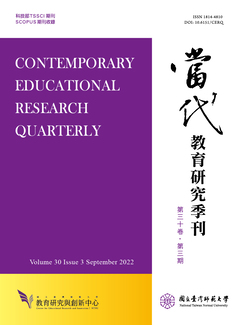

The purpose of this study was to investigate how artifacts, if any, functioned in the process of a principal’s instructional leadership based on the theory of distributed cognition. In order to explore why instructional leadership did not always function well, a qualitative approach was adopted in this study. Through participatory observations and interviews, the researchers collected data regarding the interaction between artifacts and actors, and thus were able to clarify the cognitive process of Principal P and the teachers in the school. The four major findings included: Firstly, in the process of Principal P’s instructional leadership, at least four artifacts were identified, and four types of interactions between the artifacts and actors (the teachers and Principal P) were identified as well. Secondly, inconsistencies appeared not only in the cognition system between Principal P and the teachers, but also among the teachers. Thirdly, the principal recognized some of the inconsistencies and took steps to re-shape the original artifacts to achieve the goals of sharing thoughts among the actors. Lastly, discussion, sharing, conducting relevant activities, establishing good interpersonal relationships, concern for students’needs, and respecting teachers’professional autonomy were the factors instrumental to furthering the consistency of members’cognition.

This work is licensed under a Creative Commons Attribution-NonCommercial 3.0 Taiwan License.
Center for Educational Research and Innovation, National Tawain Normal University
162, Ho-Ping East Rd, Sec. 1, Taipei, Taiwan | Tel:+886-2-7749-3670 | E-mail: cerecerq@gmail.com
CERI | NTNU | E-mail Alerts | Open Journal System
© 2014 CERI-NTNU
